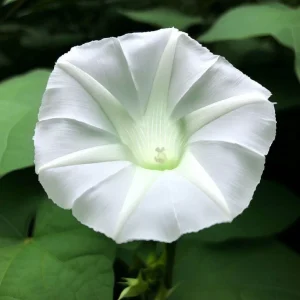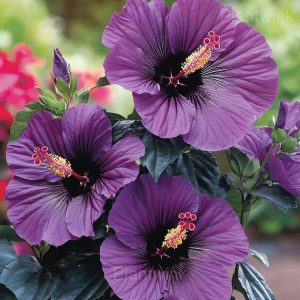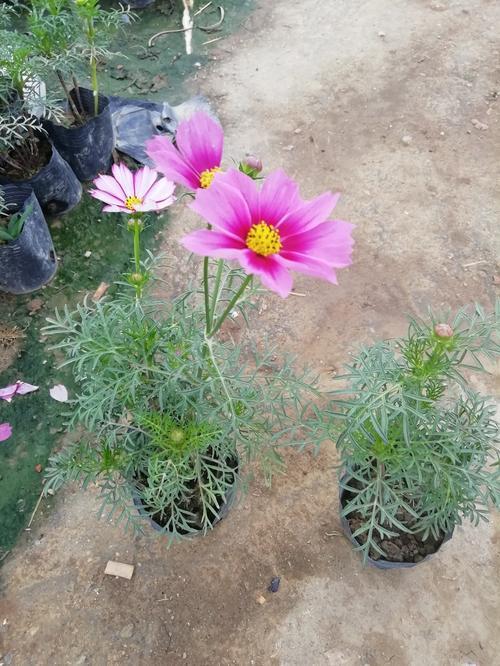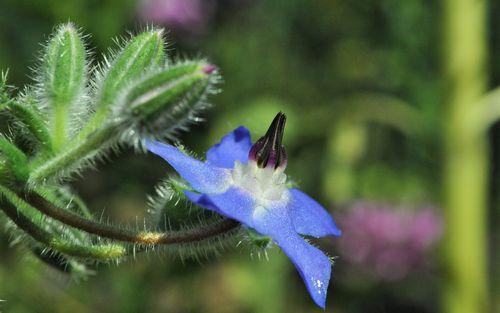Myosotis, commonly known as Forget-Me-Not, has an interesting story. Legend has it that in the Garden of Eden, as Adam and Eve were leaving, they heard the voice of God calling out the names of all the plants. Curious, Eve pleaded with God to not forget these delicate blue flowers. In response, God named them Myosotis, meaning “mouse’s ear” in Greek, because the flower’s shape resembles the ear of a mouse. This name symbolizes the fragile yet enduring nature of love and lasting memories. Thus, every time we see a Myosotis, we are reminded of the power of love and the importance of cherishing memories.
Picture
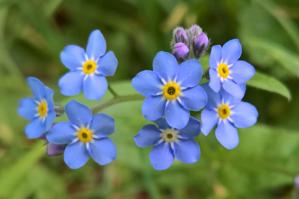
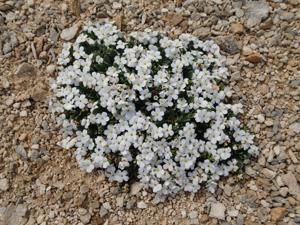
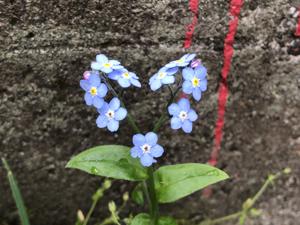

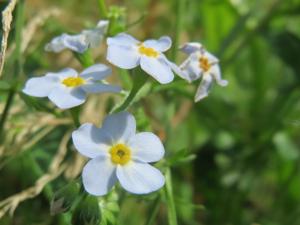
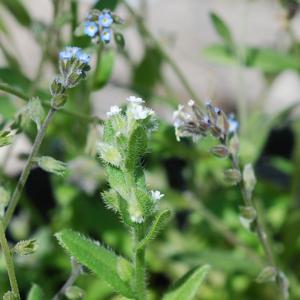
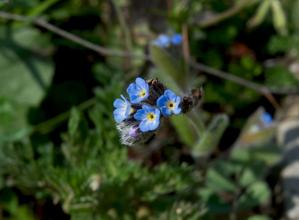
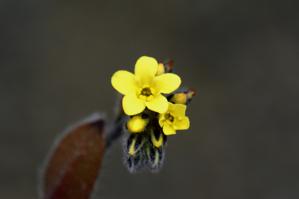
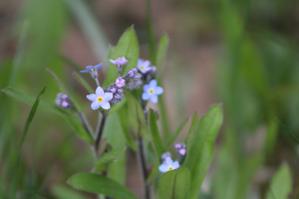
Plant some seeds now!
Short Description
Genus of flowering plants in the borage family Boraginaceae
Myosotis (/ˌmaɪəˈsoʊtɪs/ MY-ə-SOH-tiss) is a genus of flowering plants in the family Boraginaceae. The name comes from the Ancient Greek μυοσωτίς “mouse’s ear”, which the foliage is thought to resemble. In the Northern Hemisphere,[citation needed] they are colloquially known as forget-me-nots or scorpion grasses. Myosotis alpestris is the official flower of Alaska and Dalsland, Sweden. Plants of the genus are not to be confused with Chatham Islands’ forget-me-nots, which belong to the related genus Myosotidium.
Description
The genus was originally described by Carl Linnaeus. The type species is Myosotis scorpioides. Myosotis species are annual or perennial, herbaceous, flowering plants with pentamerous actinomorphic flowers with five sepals and petals. Flowers are typically 1 cm in diameter or less, flatly faced, coloured blue, pink, white or yellow with yellow centres and borne on scorpioid cymes. Their foliage is alternate, and their roots are generally diffuse. They typically flower in spring or soon after the melting of snow in alpine ecosystems.
Myosotis sylvatica
The seeds are contained in small, tulip-shaped pods along the stem to the flower. The pods attach to clothing when brushed against and eventually fall off, leaving the small seed within the pod to germinate elsewhere. Seeds can be collected by placing a sheet of paper under stems and shaking the seed pods onto the paper.



